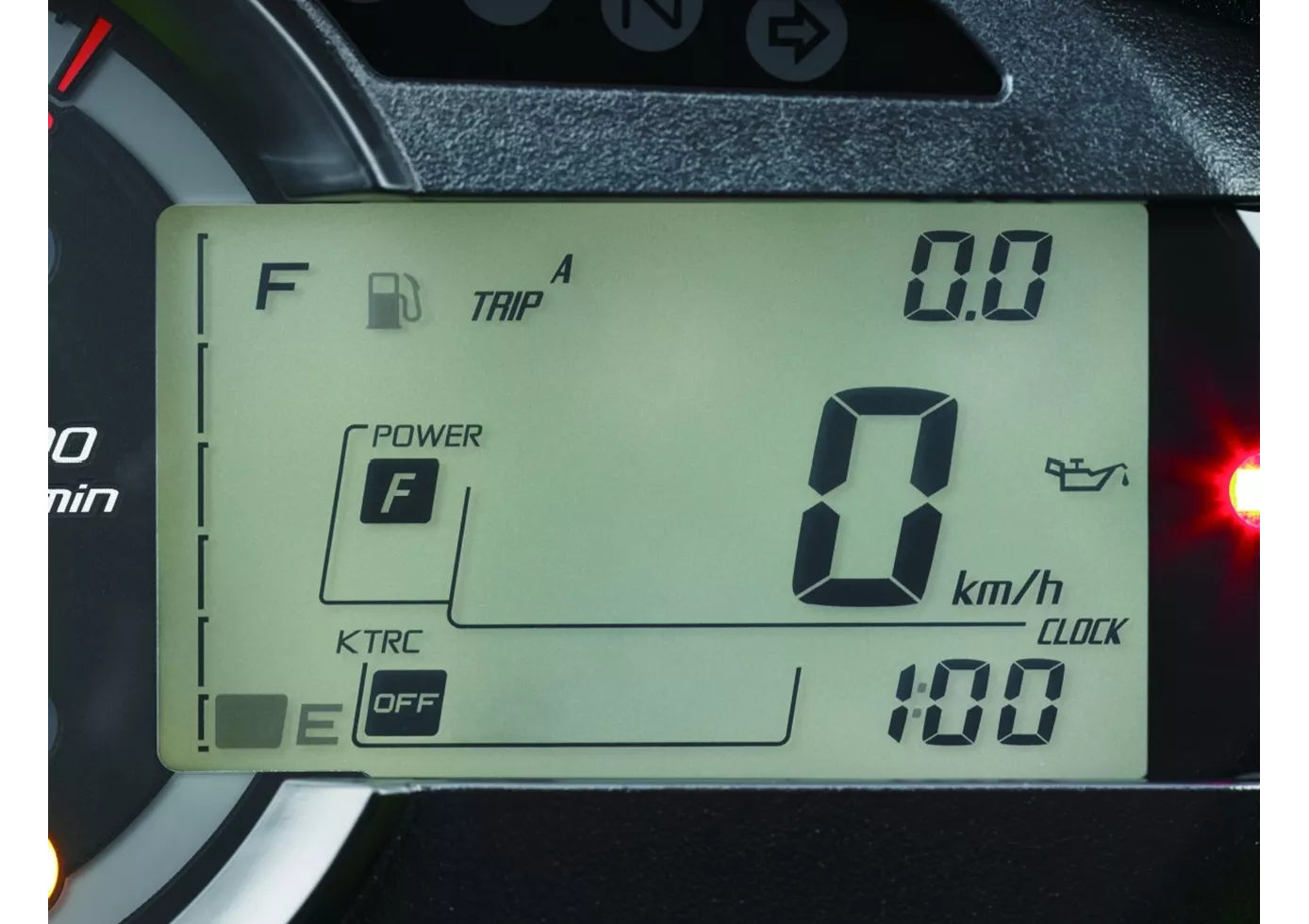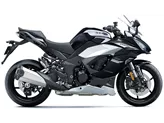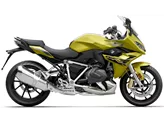Kawasaki Z1000SX 2013 vs. Kawasaki Z 800 2013

Kawasaki Z1000SX 2013

Kawasaki Z 800 2013
Overview - Kawasaki Z1000SX 2013 vs Kawasaki Z 800 2013
The Kawasaki Z1000SX 2013 and the Kawasaki Z 800 2013 are both sporty motorcycles that offer a thrilling riding experience. However, they have some key differences in terms of their technical specifications and strengths.
Starting with the Kawasaki Z1000SX 2013, it is equipped with a powerful in-line engine that produces 142 horsepower and 111 Nm of torque. This engine delivers excellent performance and acceleration, making it suitable for both city riding and long-distance touring. The bike also features a chain transmission and a liquid cooling system, ensuring optimal performance and reliability.
In terms of suspension, the Z1000SX 2013 is equipped with an upside-down telescopic fork at the front, which can be adjusted for compression, preload, and rebound. This allows riders to customize the suspension settings according to their preferences and riding conditions. The rear suspension also offers the same adjustment options, providing a comfortable and controlled ride.
The braking system on the Z1000SX 2013 consists of double disk brakes at the front, with four pistons and radial, monoblock, petal technology. This setup ensures powerful and responsive braking, enhancing the bike's safety and control. The dimensions and weights of the Z1000SX 2013 include a front tire width of 120 mm, a rear tire width of 190 mm, a wheelbase of 1445 mm, and a seat height of 822 mm. The bike has a kerb weight of 231 kg and a fuel tank capacity of 19 liters.

Kawasaki Z1000SX 2013
One of the strengths of the Z1000SX 2013 is its excellent engine performance, which provides exhilarating acceleration and top speed. The bike also features traction control, which enhances safety and stability, especially in slippery conditions. Additionally, the fully adjustable suspension elements allow riders to fine-tune the bike's handling and comfort according to their preferences.
On the other hand, the Kawasaki Z 800 2013 is a naked bike that offers a unique and eye-catching design. It is powered by an in-line engine that produces 113 horsepower and 83 Nm of torque. While not as powerful as the Z1000SX 2013, the Z 800 2013 still delivers confident acceleration and a thrilling riding experience. The bike also features a chain transmission and a liquid cooling system, ensuring optimal performance and reliability.
In terms of suspension, the Z 800 2013 is equipped with an upside-down telescopic fork at the front, which can be adjusted for rebound. The rear suspension also offers rebound adjustment, providing a comfortable and controlled ride. The braking system consists of double disk brakes at the front, with four pistons and petal technology. This setup ensures powerful and responsive braking, enhancing the bike's safety and control.

Kawasaki Z 800 2013
The dimensions and weights of the Z 800 2013 include a front tire width of 120 mm, a rear tire width of 180 mm, a wheelbase of 1445 mm, and a seat height of 834 mm. The bike has a kerb weight of 229 kg and a fuel tank capacity of 17 liters.
One of the strengths of the Z 800 2013 is its eye-catching and chunky look, which sets it apart from other motorcycles in its class. The bike also offers confident acceleration and a relaxed geometry, making it suitable for both city riding and longer trips. Additionally, the Z 800 2013 features powerful brakes, ensuring reliable stopping power in any situation.
However, the Z1000SX 2013 does have a weakness in that it lacks a gear indicator, which can be inconvenient for riders who prefer to have this information readily available. On the other hand, the Z 800 2013 has a limited freedom of movement for the legs, which may not be as comfortable for some riders.
In conclusion, the Kawasaki Z1000SX 2013 and the Kawasaki Z 800 2013 are both impressive motorcycles with their own strengths and weaknesses. The Z1000SX 2013 offers excellent engine performance, traction control, and fully adjustable suspension elements, making it a versatile and capable sport touring bike. On the other hand, the Z 800 2013 stands out with its eye-catching design, confident acceleration, relaxed geometry, and powerful brakes. Ultimately, the choice between these two models depends on the rider's preferences and intended use of the motorcycle.
Technical Specifications Kawasaki Z1000SX 2013 compared to Kawasaki Z 800 2013
Pros and Cons in comparison
Pros and Cons in comparison
Kawasaki Z1000SX 2013

The engine is still a blast, and can be revved at low revs as well as pedalled in a sporty manner. The four additional horsepower, however, primarily appear in the glossy brochure.
Kawasaki Z 800 2013

Overall, the Z800 delivered a sensational performance. Considering the fact that nothing was changed or optimised on the vehicle apart from the Remus rear silencer, a super final result.
Price Comparison Avarage Market Price Kawasaki Z1000SX vs Kawasaki Z 800
There are a few key differences between a Kawasaki Z1000SX 2013 and a Kawasaki Z 800 2013. In terms of price, the actual average price of a Kawasaki Z1000SX 2013 is about 13% higher. Compared to Kawasaki Z 800 2013 there are less Kawasaki Z1000SX 2013 bikes available on the 1000PS.de Marketplace, specifically 6 compared to 7. It takes less time to sell a Kawasaki Z 800 with 56 days compared to 85 days for the Kawasaki Z1000SX. Since model year 2011 1000PS.de editors have written 14 reviews for the Kawasaki Z1000SX and 11 reviews for the Kawasaki Z 800 since model year 2013. The first review for the Kawasaki Z1000SX was published on 10/5/2010 and now has more than 9,900 views. This compares to more than 8,100 views for the first review on Kawasaki Z 800 published on 9/6/2012.



















